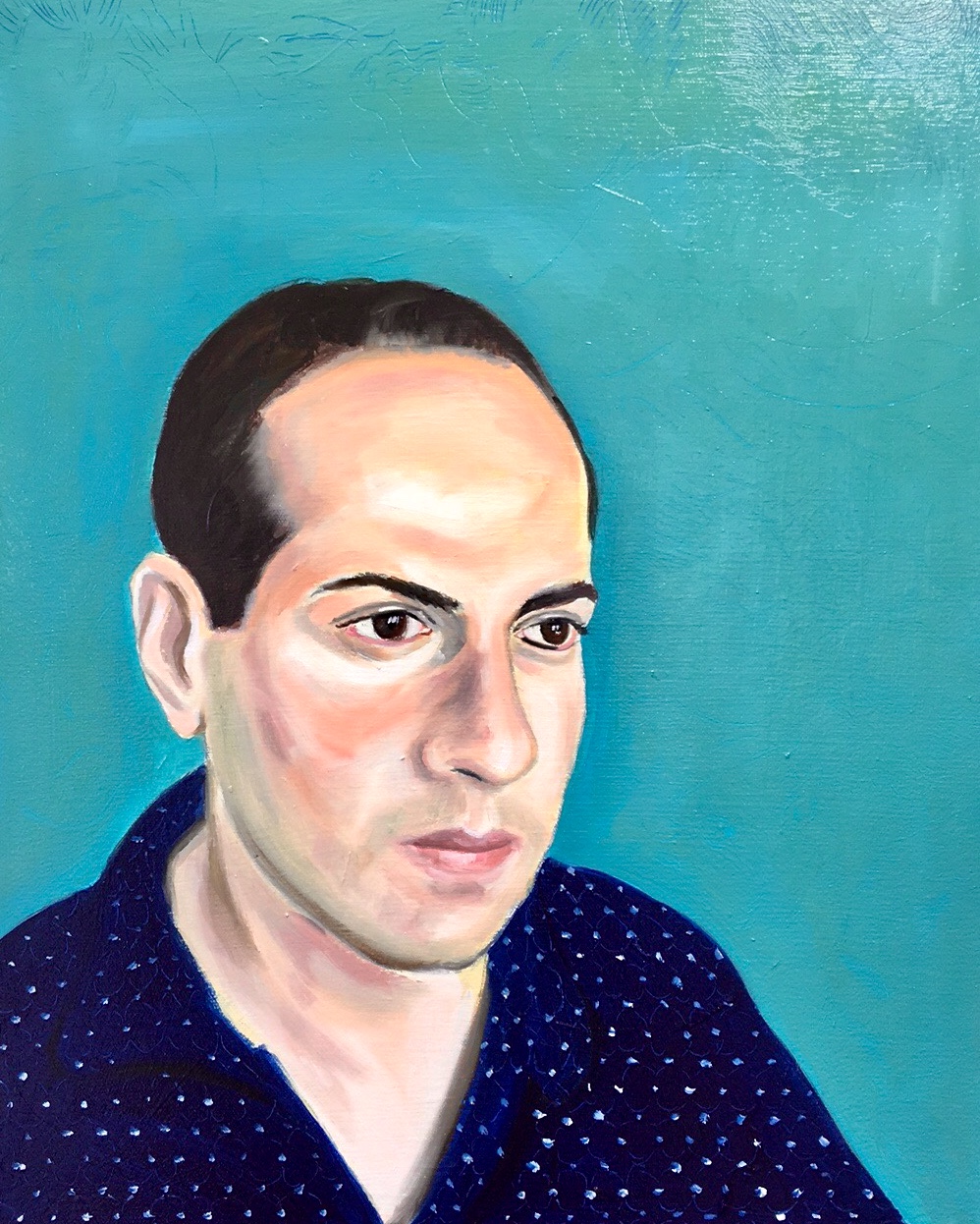In Search of Foujita: An Artist's Pilgrimage (Part 4)
- Edward Luper
- Aug 24, 2022
- 4 min read
On a sunny Saturday, Vicky (my fellow pilgrim) and I made the journey to the Holy Grail of the Foujita trail: Foujita's house and studio at Villiers-le-Bâcle. From Paris one can take the RER B to the village Gif-sur-Yvette. This is the simple part, but getting from the village to Foujita's house can be a bit more challenging. No Uber would pick us up, and the three taxi companies we called either didn't answer or said they would be there in one hour. Luckily, we did eventually find another taxi company at a local supermarket which was able to take us. We did almost consider walking which would have been one hour, but the drive was only ten minutes.

The house is located in the extremely quaint village of Villiers-le-Bâcle, with many horses in the valley below. To enter the museum is free and usually if you wait around 15-20 mins an English speaking tour-guide can show you around. From the street, the rustic look of the original building has been preserved in the neatly restored cement and stone façade. The third story and the large windows of his studio are visible only from the garden, where Foujita fed the birds and admired his flowers. With their exposed ceiling beams, the rooms have a comfortable informal feeling, providing ample space for cherished items from around the world; in the kitchen - quite up-to-date for those days - French cooking pots are stored along with the Japanese bowls and electric rice cooker.

One things is immediately clear as you enter the house: the presence and importance of Catholicism. The house represents a break from his previous bohemian lifestyle in Paris in the 20's. During the Second World War, Foujita returned to Japan where he worked as a war artist. In 1955, he renounced his Japanese citizenship and became a French citizen, and also converted to Catholicism in 1959, taking the name Léonard (after Leonardo Da Vinci). The house is full of crosses, religious art and symbols. In one painting of himself beside the Virgin Mary as a monk or saint, he painted his house in the background.

Foujita seems to want to become more French than the French, and religion was one way he could enter fully. In this house, he created his own artistic cloister, far away from the dust of the mundane world. However, there are some cheeky reminders of his past life and he didnt shy away from playfully making fun of religion either. In one plate he designed with Adam and Eve, for example, instead of the traditional apple, he painted a coconut.


His studio is upstairs in the loft. It is a wonderful space with all sorts of unusual materials and objects. I was particularly envious of his printing press which today is worth several thousand pounds. The studio contains not only painting materials but also evidence of his many other projects - a sewing machine, handmade picture frames, dollhouses. As Foujita's final retreat from the centre of activity, the house gave him an excuse to show off his handiwork, and there are samples everywhere, from the ceramic tiles with his own designs to the bold striped curtains. I particularly like the table he designed below.

Clearly, Foujita tried to participate in French country life with his rough, worn dining table and a pail - his well-known signature painted across it - to carry fresh milk from a nearby farm. Still, the fresh village air did not wholly soothe him, and so the house throbs with the emotions of a Japanese artist longing for home. From the large collection of Japanese paintbrushes and other Japanese objects in the studio to the records of traditional Japanese ballads.

The Paris Flea Market
Artists like to collect objects. They enjoy both their beauty and get inspiration from them. Rembrandt was notorious for being a shopaholic. Foujita was no different. At the house, it was obvious that Foujita enjoyed collecting bric-a-brac from the Parisian flea markets, and these objects had a direct role in his art. Note these dogs, for example:


One thing I always wondered was why Foujita depicted women and children with these similar faces with elongated foreheads, small lips and unusual eyes. It only became clear to me when I noticed a 13th century wooden statue he acquired from the flea market. To him, the religious connotation as well as its aesthetics was important and inspirational to him. One can clearly see the link:


In another painting ironically titled 'I will Be Back in a Moment' (Je reviens de suite) Foujita shows disparate objects. Foujita the bargain hunter shows various bric-a-brac from the flea markets: kitchen utensils, tools, an engraving of Napoleon III. In the centre is a mannequin surmounted by a small doll's head, to which is hung an ornate clock, a symbol of suspended time. On the sides, birdcages and dolls houses in unstable equilibrium. The painting evokes a world of childhood, and confirms the artists link to everyday objects which he was fond, for the symbolic value and the poetry they concealed.

A trip to the flea market today will have many of the same objects in Foujita's paintings. I was lucky enough to find however, an original poster from 1960 by Foujita. The prefect souvenir from my Foujita pilgrimage.







Comments